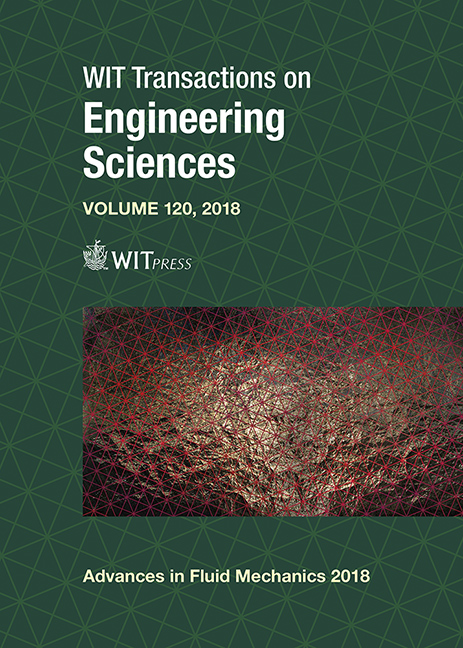NUMERICAL STUDY ON THE EFFECT OF TUNNEL ASPECT RATIO ON THE PLUG-HOLING PHENOMENA IN SHALLOW UNDERGROUND TUNNELS
Price
Free (open access)
Transaction
Volume
120
Pages
7
Page Range
201 - 207
Published
2018
Size
328 kb
Paper DOI
10.2495/AFM180201
Copyright
WIT Press
Author(s)
KI-BAE HONG, JUNYOUNG NA, KUN HYUK SUNG, HONG SUN RYOU
Abstract
Natural ventilation systems (NVS) have been widely used in shallow underground tunnels due to convenience in installation, maintenance and low cost compared with mechanical ventilation systems. In the NVS, smoke ventilation rate is mainly determined by the flow rate through the vertical shaft due to the stack effect. In practice, fresh air under smoke layer directly flows into the shaft and the phenomena is defined as “plug-holing”. When the plug-holing occurs in the NVS, the actual smoke ventilation rate becomes smaller than the design value. The plug-holing phenomenon correlates relative ratio between ceiling jet flow and buoyant flow immediately below the shaft. Therefore, tunnel geometrics and fire size mainly affect the plug-holing phenomena. Especially, the area of the ceiling plays an important role in the properties of smoke layer such as temperature and velocity, thus the cross-sectional aspect ratio of a tunnel can affect the occurrence of plug-holing. In this study, we numerically investigated the effect of tunnel aspect ratio on the plug-holing phenomena in shallow underground tunnels. Numerical analysis was performed with changing the tunnel aspect ratio which is defined as the ratio of the height to width of tunnel. As a result, as the aspect ratio decreases, the velocity and temperature of the smoke layer decreases and it means that the buoyancy and momentum force are diminished. The momentum force decreases more rapidly than the buoyancy force, so the fresh air can be entrained into the shaft. Therefore, the potential for the occurrence of plug-holing increases as the aspect ratio decreases.
Keywords
plug-holing, CFD





